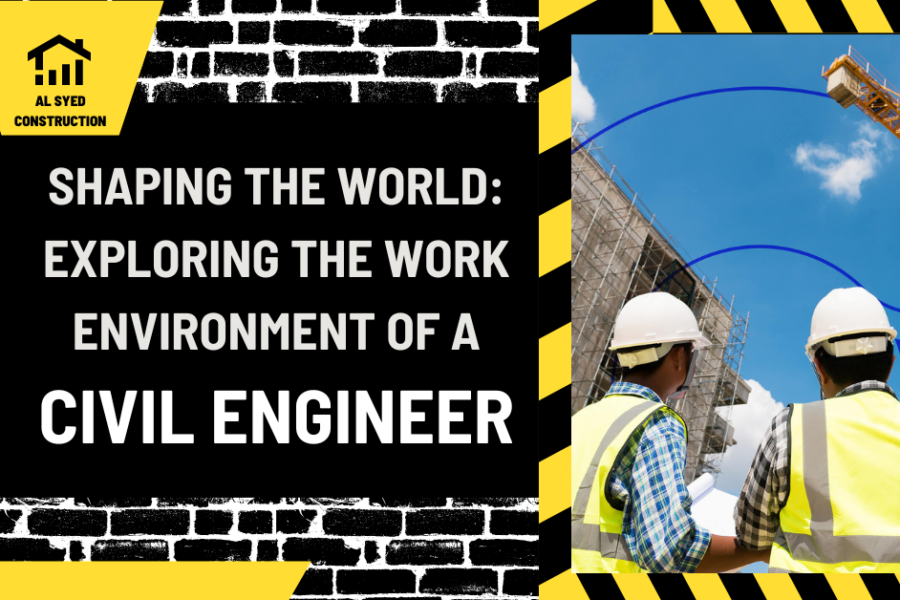Shaping the World: Exploring the Work Environment of a Civil Engineer
Table of Contents
Introduction
Civil engineering is a dynamic and diverse field that plays a pivotal role in shaping the infrastructure of our society. The work environment of a civil engineer is as varied as the projects they undertake, ranging from office settings to outdoor construction sites. Understanding the work environment is crucial for those considering a career in civil engineering, as it directly impacts job satisfaction and productivity. This article delves into the different aspects of the work environment for a civil engineer, highlighting the challenges and opportunities they encounter.
Office-Based Work
Design and Planning
A significant portion of a civil engineer’s work is conducted in an office setting, where they engage in the design and planning of infrastructure projects. This involves using computer-aided design (CAD) software, analyzing data, and collaborating with other professionals to develop detailed project plans.
Project Management
Civil engineers often take on project management roles, overseeing the progress of construction projects from the office. They coordinate with contractors, manage budgets, and ensure that projects adhere to timelines and regulatory standards.
Fieldwork and Site Visits
On-Site Inspections
Fieldwork is a crucial aspect of a civil engineer’s work environment. Engineers frequently visit construction sites to inspect the progress of projects, ensure compliance with design specifications, and address any on-site challenges that arise.
Environmental Assessments
For projects involving environmental considerations, civil engineers may conduct field assessments to evaluate the impact of construction on natural habitats, water quality, and other environmental factors.
Collaborative and Interdisciplinary Nature
Teamwork with Diverse Professionals
Civil engineering projects often require collaboration with a diverse range of professionals, including architects, surveyors, environmental scientists, and construction workers. The ability to work effectively in interdisciplinary teams is essential for success in this field.
Client Interaction
Civil engineers regularly interact with clients, government agencies, and community stakeholders to discuss project requirements, present proposals, and provide updates on project status. Effective communication and interpersonal skills are key in these interactions.
Challenges and Rewards
Adapting to Changing Conditions
The work environment of a civil engineer can be challenging due to changing weather conditions, tight deadlines, and unforeseen obstacles during construction. Adaptability and problem-solving skills are crucial for navigating these challenges.
Impact on Society
Despite the challenges, the work environment for civil engineers is highly rewarding. They have the opportunity to make a lasting impact on society by designing and constructing infrastructure that improves quality of life, promotes sustainability, and enhances public safety.
Conclusion
The work environment for a civil engineer is diverse and dynamic, encompassing both office-based design work and hands-on fieldwork. It requires collaboration with various professionals, adaptability to changing conditions, and a commitment to creating safe and sustainable infrastructure. For those passionate about shaping the built environment and making a tangible impact on society, a career in civil engineering offers a fulfilling and challenging work environment.




